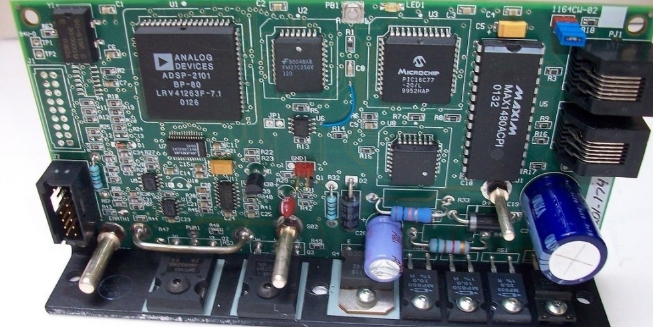The key components of a printed circuit assembly (PCA) can vary depending on the specific electronic device being manufactured, but there are several common components that are typically found in most PCAs. These components are essential for the proper functioning of the electronic circuit. Here are the key components of a printed circuit assembly:

1.Printed Circuit Board (PCB): The PCB is the foundation of the assembly, serving as the physical platform for mounting electronic components. It contains copper traces that provide the electrical connections between components.
2.Electronic Components:
Resistors: These components provide resistance to the flow of electrical current and are used to control voltage and current levels within the circuit.
Capacitors: Capacitors store and release electrical energy and are used for various functions, including filtering, timing, and energy storage.
Diodes: Diodes allow current to flow in one direction and are used for rectification, voltage regulation, and signal protection.
Transistors: Transistors are semiconductor devices used for amplification, switching, and signal processing in electronic circuits.
Integrated Circuits (ICs): ICs, also known as microchips, contain multiple electronic components and functions within a single package. They are the brains of many electronic devices.
Connectors: Connectors allow for the physical connection of the PCA to other components or devices. They can include connectors for power, data, and communication.
3.Passive Components:
Inductors: Inductors store energy in a magnetic field and are used in applications such as filtering and energy storage.
Crystals and Oscillators: These components provide precise timing signals for digital circuits, ensuring synchronization.
Fuses and Circuit Protection Devices: These protect the circuit from overcurrent and prevent damage to components.
4.Active Components:
Microcontrollers and Processors: These components serve as the central processing unit (CPU) and control unit of the electronic system.
Memory Devices: Memory chips store data and program instructions for the device.
Sensors: Sensors detect changes in the environment and provide input to the electronic system.
5.Power Supply Components:
Voltage Regulators: These components maintain a stable voltage supply to the circuit.
Power Management ICs: These manage power distribution and consumption.
Batteries or Power Sources: Depending on the device, batteries or other power sources are used to provide electrical energy.
6.Passive and Active Circuitry:
Copper Traces: These conductive paths on the PCB connect the components and provide the electrical pathways for signals.
Signal Paths and Wiring: These include wires or traces that carry signals, data, and power between components.
7.Mechanical Components:
Mounting Hardware: Screws, nuts, and standoffs are used to secure the PCB and components to the housing or enclosure of the electronic device.
Heat Sinks: These dissipate heat generated by active components to prevent overheating.
These key components come together during the printed circuit assembly process to create a functional electronic device. The specific combination and arrangement of components on the PCB are determined by the device's design and its intended purpose.
Get more knowledge about the key components of a printed circuit assembly please refer to Rigaopcb:https://www.rigaopcb.com/